White Carrara marble and gilded bronze.
Movement signed Le Roy. The movement is dated, on the reverse, from 1889.
France
Circa 1889
Dimensions:
height 37cm
length 29cm
depth 12cm
Material: white Carrara marble and gilded bronze
Period: 19th century
Origin: FRANCE
Item condition: Very good condition
Biography Le Roy or Leroy
A long and rich history
The history of the Maison Le roy is the result of a succession of brilliant individuals who left their mark on watchmaking uninterruptedly from the 18th century to the present day.
Exceptional inventors and visionary merchants, the various Le Roys have imposed their signature over time as a guarantee of excellence and a reference in terms of French luxury watchmaking. Alternately Watchmaker to the King, the Emperor, Queen Victoria and the Navy, Leroy reached its apotheosis in 1900 with the presentation, during the Universal Exhibition in Paris, of the mythical “Leroy 01”. Long considered the most complicated watch in the world, this timepiece has definitively placed the brand at the pinnacle of Haute Horlogerie.
From the Watchmaking of Kings to that of Enlightenment
The history of Maison Leroy began in 1747 when Basile Le Roy, the 16-year-old son of a lumberjack, began his apprenticeship as a watchmaker with master Joseph Quétin. Having no watchmaking ancestor, Basile nevertheless bears the already famous name of the genius watchmakers Julien Le Roy (1686-1759) and his son Pierre (1717-1785). The former is known for having developed, in particular, the first watch to mark the seconds. His son is considered one of the fathers of modern chronometry and his marine watches were a decisive asset for France in the race that the European monarchies engaged in for the control of time at sea, guaranteeing a precise determination. the longitude, necessary for the safety of the boats, the crew and the goods transported.
In 1785, Basile's son, (Basile)-Charles Le Roy, was awarded Master Watchmaker at the age of 20. With the help of his father, he opened a shop and a workshop under the arcades of the Palais Royal which Louis IV of Orléans had just opened to the public and to traders. The house will keep this address for more than a century.
In 1790, to escape the atrocities of the revolutionaries, Leroy, whose royal-sounding surname was dangerous, signed his plays with the anagram Elyor. During the Terror, he even fictitiously sells his company to his employee Cachard to take it over after Thermidor.
As early as 1794, the quality of Leroy timepieces was recognized by many influential men in Paris. The last five years of the century definitively sealed the reputation of (Basile-)Charles who once again signed Le Roy his productions (very strongly inspired by those of Abraham-Louis Breguet) and participated in the Parisian exhibition of 1798. The Le Roy house becomes one of the Parisian references for the creation of clocks and travel clocks, mainly intended for officers of the Napoleonic campaigns.
British Empire and Crown Watchmakers
In 1805, Le Roy became “Watchmaker to the Emperor” Napoleon I, “Watchmaker to Madame Mère”, as well as other members of the imperial family. The watchmaker produces very high quality watches, traditional or decimal, tact or striking.
Around 1810, the production of clocks and travel clocks took over from other pieces and in order to be able to honor his orders, Le Roy developed collaborations with workshops located in the French Jura and in Switzerland.
In 1828, Charles-Louis joined his father in the family business which took the name of “Le Roy & Fils”. During the first half of the 19th century, the House developed at all levels and thus had nearly 50 permanent employees in 1840; the production of pocket watches is making a strong comeback and the workshops are constantly increasing the complexity of their timepieces, whose reputation for excellence goes beyond France. The dynamism that Charles-Louis instilled in his company attracted the best local workers, and in particular Adrien Philippe, who made a remarkable stint at Le Roy before joining Antoine Norbert de Patek in Geneva to found Patek Philippe.
In 1845, Casimir Halley Desfontaines bought the company from Charles-Louis whose children did not wish to continue the succession. The House will keep its corporate name "Le Roy & Fils" for the next two years and the new owner files several patents, one of which, revolutionary, concerns an electromagnetic clock which will be unveiled at the Paris Exhibition in 1855.
In 1854, Le Roy & Sons established itself in London, first in Regent Street, then, for a second store, in New Bond Street, and in 1863 became “Watchmaker to Queen Victoria”. The watchmaker will deliver a large quantity of unique bespoke pieces to the English Court. Present at all European exhibitions, from Madrid to Vienna and from London to Paris, Le Roy & Fils collects awards and medals.
Louis Leroy, father of the Leroy 01
In 1879, Casimir Halley Desfontaines hired the young Louis Leroy in London, an already experienced watchmaker barely twenty years old, whose father, a Watchmaker to the Navy, was an illustrious manufacturer of chronometers. The arrival of the young man will mark the beginning of the brand's period of absolute excellence. In 1888, after Casimir's death, his son took over the business and Louis Leroy became his partner before becoming sole master on board in 1889 and transforming the company name into "L.Leroy & Cie, former Le Roy & Fils house ".
Louis Leroy travels a lot; he discovers that the timepieces created in Switzerland now surpass French productions, which is why he collaborates with workshops in the Vallée de Joux from which he buys blanks, escapements and sometimes even complete mechanisms which will then be decorated, assembled and settled in Paris. In 1892, to get closer to his suppliers, he opened the "Ateliers L.Leroy" in Besançon. Besançon is the heart and soul of the French watch industry, and what's more, it has just inaugurated the National Observatory and its chronometric certification service.
Louis Leroy's company - which his younger brother Léon joined in 1895 as a partner - relies on excellent research, development and production skills, and it cooperates with big names in Swiss watchmaking. , including Louis-Benjamin Audemars and Charles Piguet.
In 1899, L.Leroy & Cie set up workshops and a store at 7, Boulevard de la Madeleine. The house can count on a rich, loyal and prestigious clientele which supports its extraordinary development throughout the first half of the 20th century. Crowned heads, artists, industrialists, politicians, philosophers and adventurers are what we would today call brand aficionados: Franklin D. Roosvelt, Alfred Nobel, Antoine de Saint-Exupéry, Lindbergh, Louis Renault and Ettore Bugatti , Chopin, Strauss and Wagner, Georges Sand, Musset, Marcel Proust, Henri Matisse…
1900 was a key year for Louis Leroy, which presented the Leroy 01. Grand Prix at the Universal Exhibition in Paris, a true planetary icon, this unique watch remained the absolute reference in terms of ultra-complicated watchmaking until 1989, when Patek Philippe produces its Caliber 89. The Leroy 01 houses a movement made up of 975 parts assembled on 4 levels of mechanisms, offers 27 indications, 17 of which relate directly to the measurement of time, and is presented in a gold case 71mm in diameter weighing 228 grams.
The international astonishment aroused by the Leroy 01 allows the House to foresee its future with serenity. Having become the absolute benchmark for French luxury watchmaking, the brand develops scientific, marine and military, industrial and sports chronometry. L.Leroy & Cie is named “Horloger de la Marine” and will keep this title longer than any other brand. In 1957, Leroy invented the "Chronostats", an electrically powered marine chronometer, which revolutionized marine chronometry.
The watchmaker does not neglect pocket or bracelet watches, however, and files several patents related to traditional movements. In 1922, for example, he created the first self-winding wristwatch.
In 1935, Louis Leroy died childless and his brother and partner transferred the shop to 4, rue du Faubourg Saint-Honoré where it remained the company's headquarters until the 1980s. On that date, the heirs of Léon (who died in 1961) sold the company to a group of investors active in watchmaking and operating a movement factory in the Swiss Jura. Development and production activities were then transferred to Switzerland in the early 1990s.
The dawn of renewal
In 2004, Miguel Rodriguez, founder and owner of the Festina-Lotus S.A watchmaking group, acquired L.Leroy to make it the flagship of his group. The rich heritage and fundamental values of the brand are studied in order to revive them in new collections. Thus were born the Osmior and Marine lines, which mark the revival of the prestigious House.



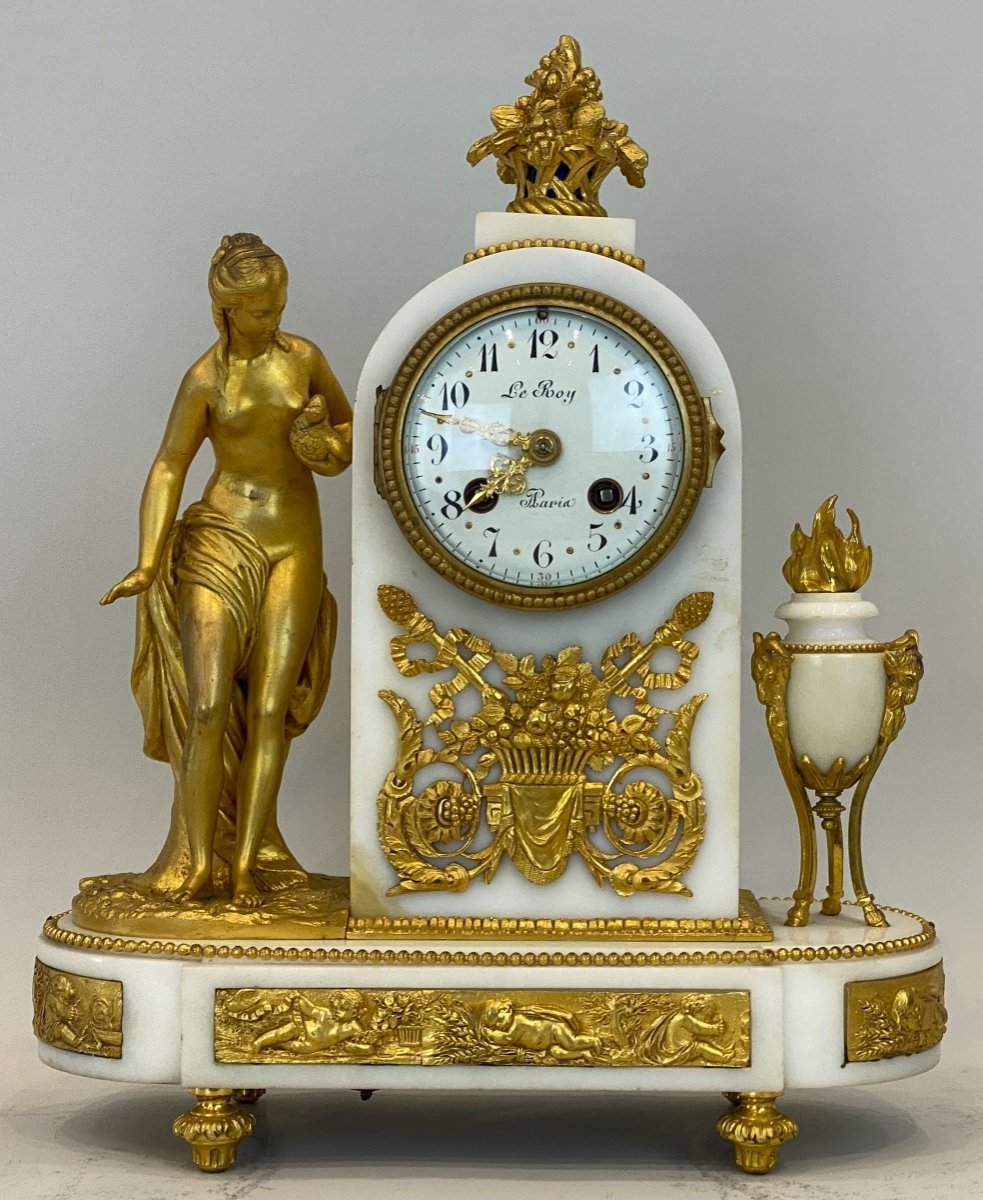

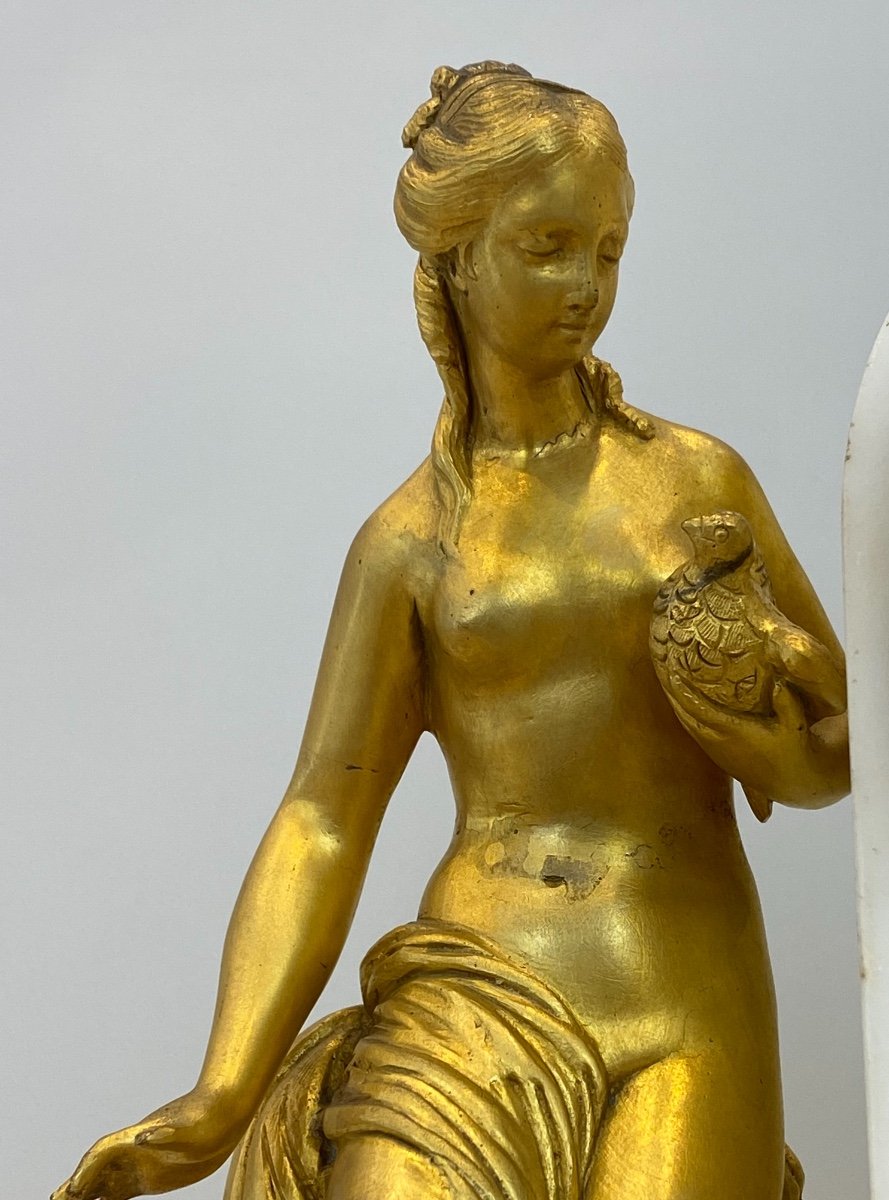
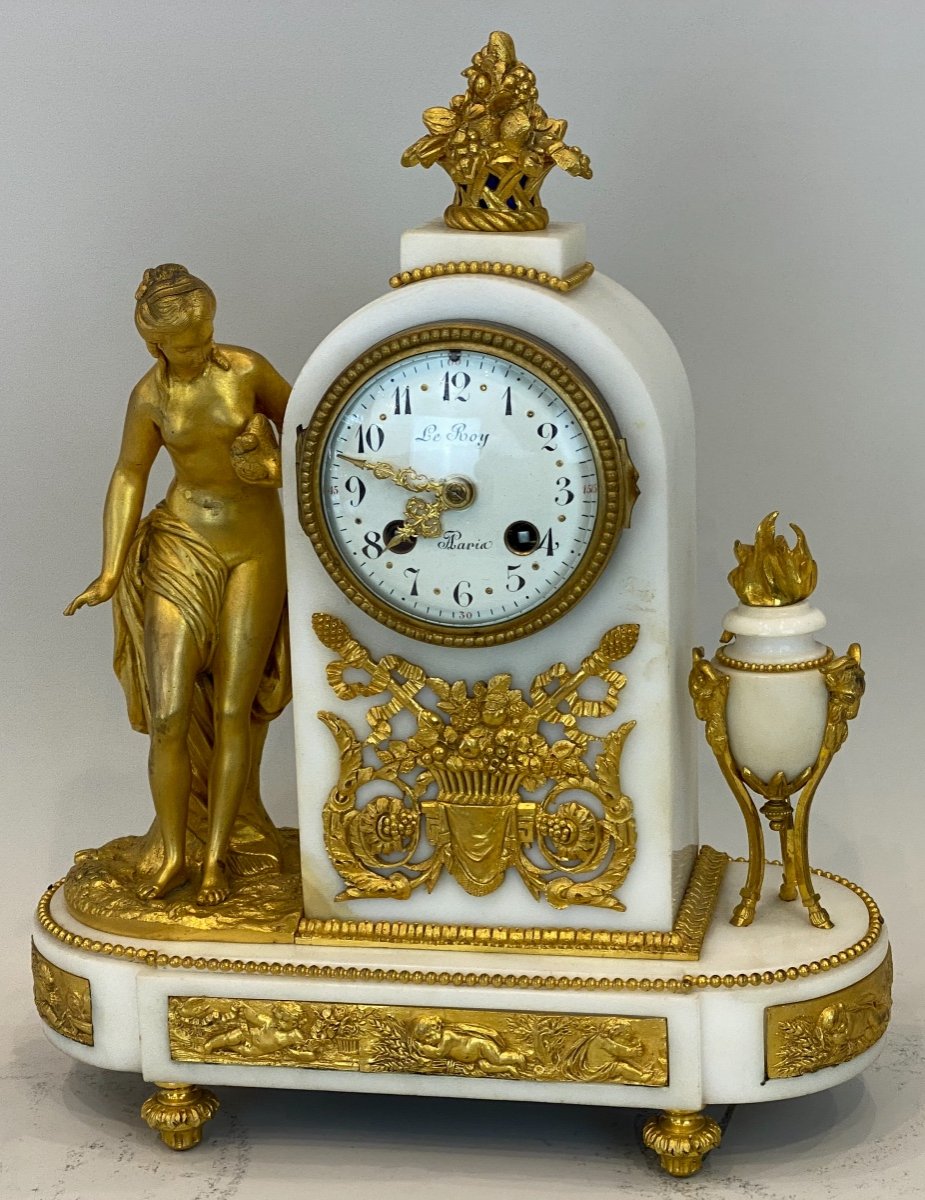

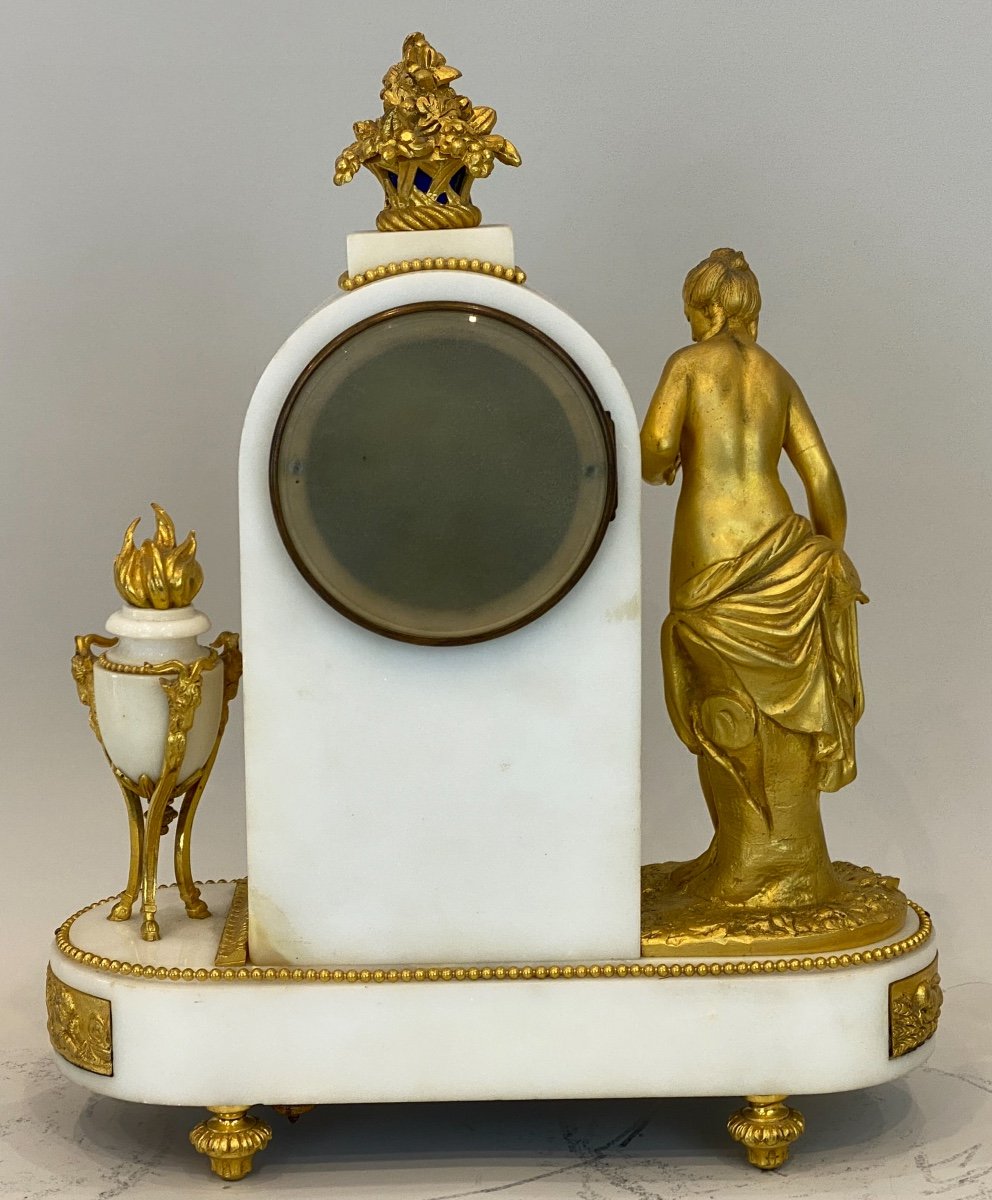
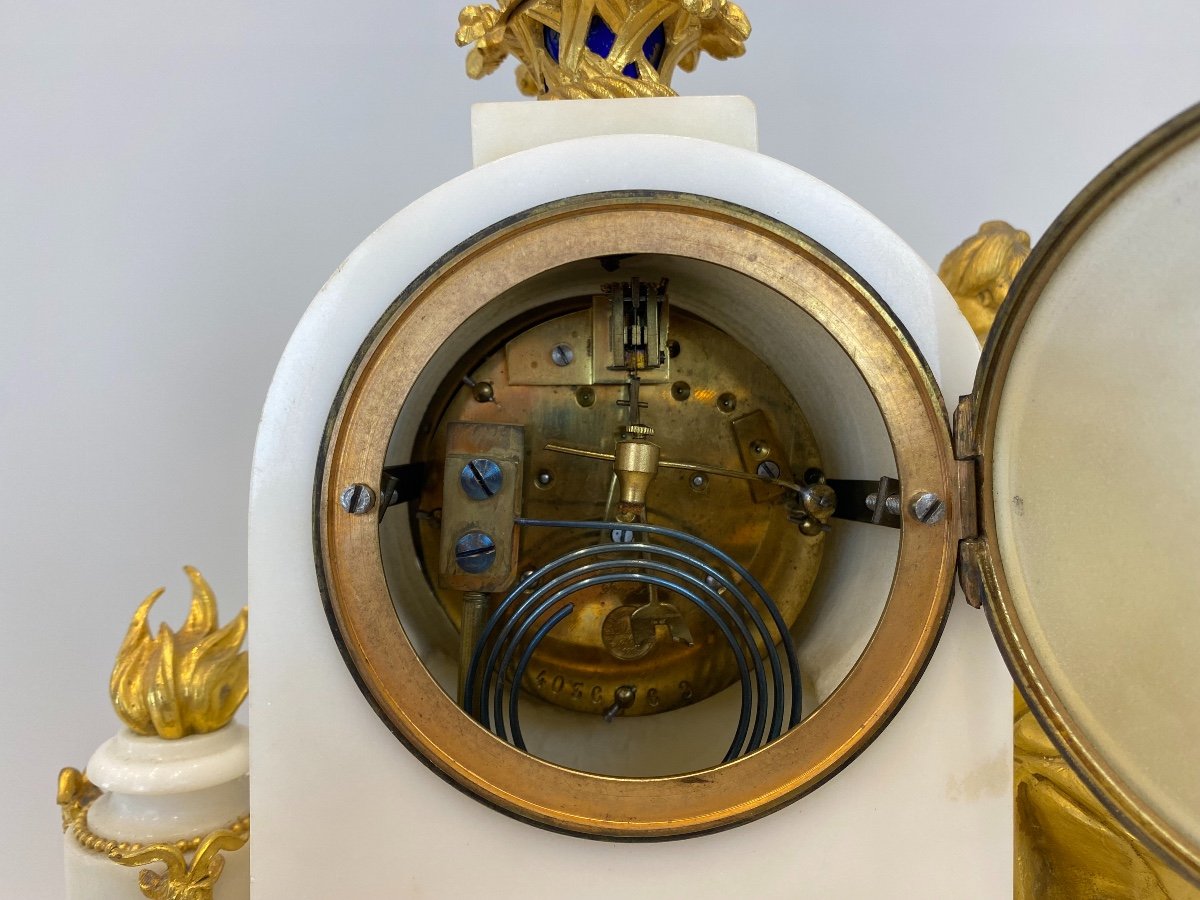
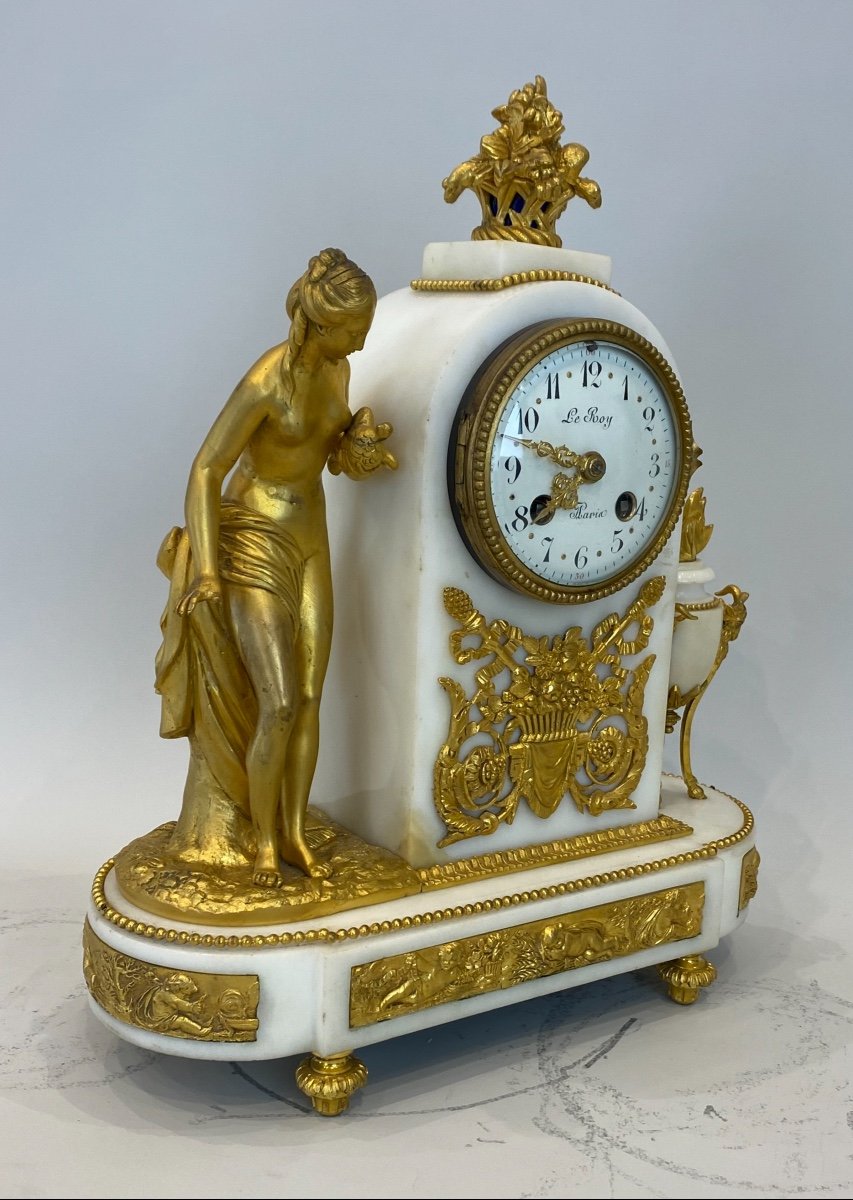
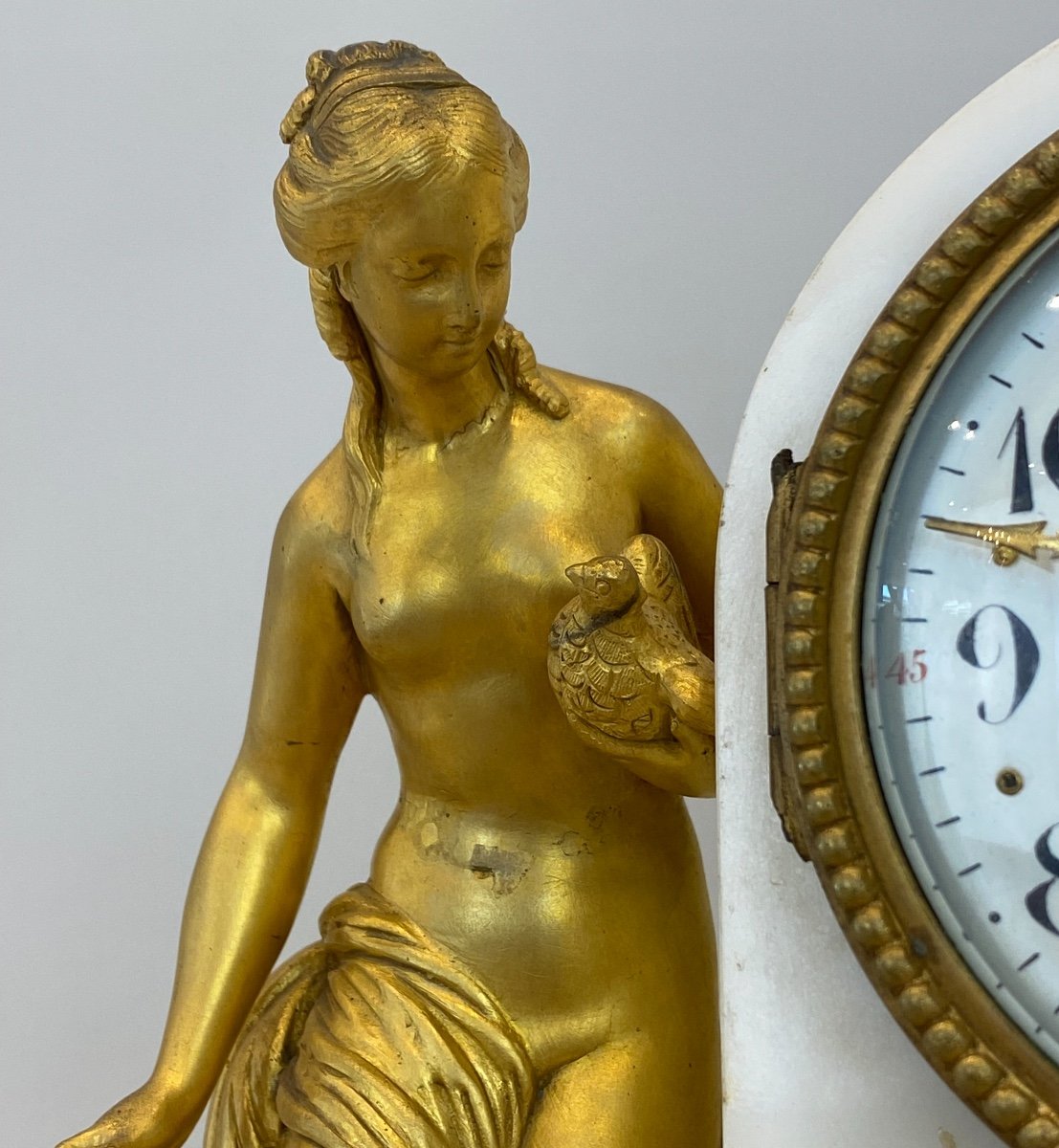
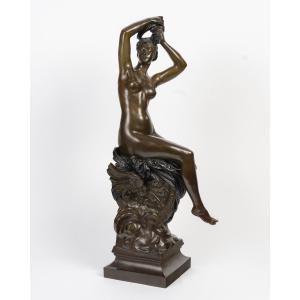




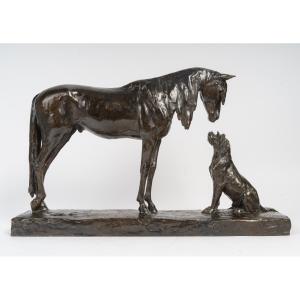
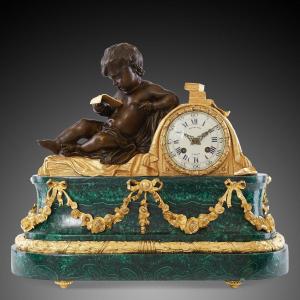
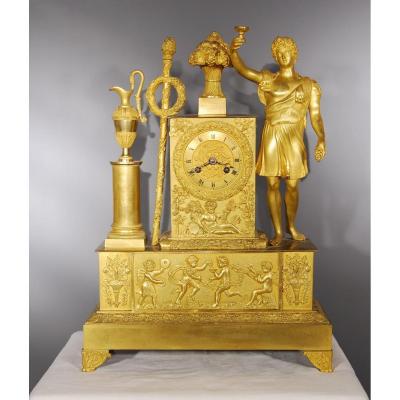







 Le Magazine de PROANTIC
Le Magazine de PROANTIC TRÉSORS Magazine
TRÉSORS Magazine Rivista Artiquariato
Rivista Artiquariato
